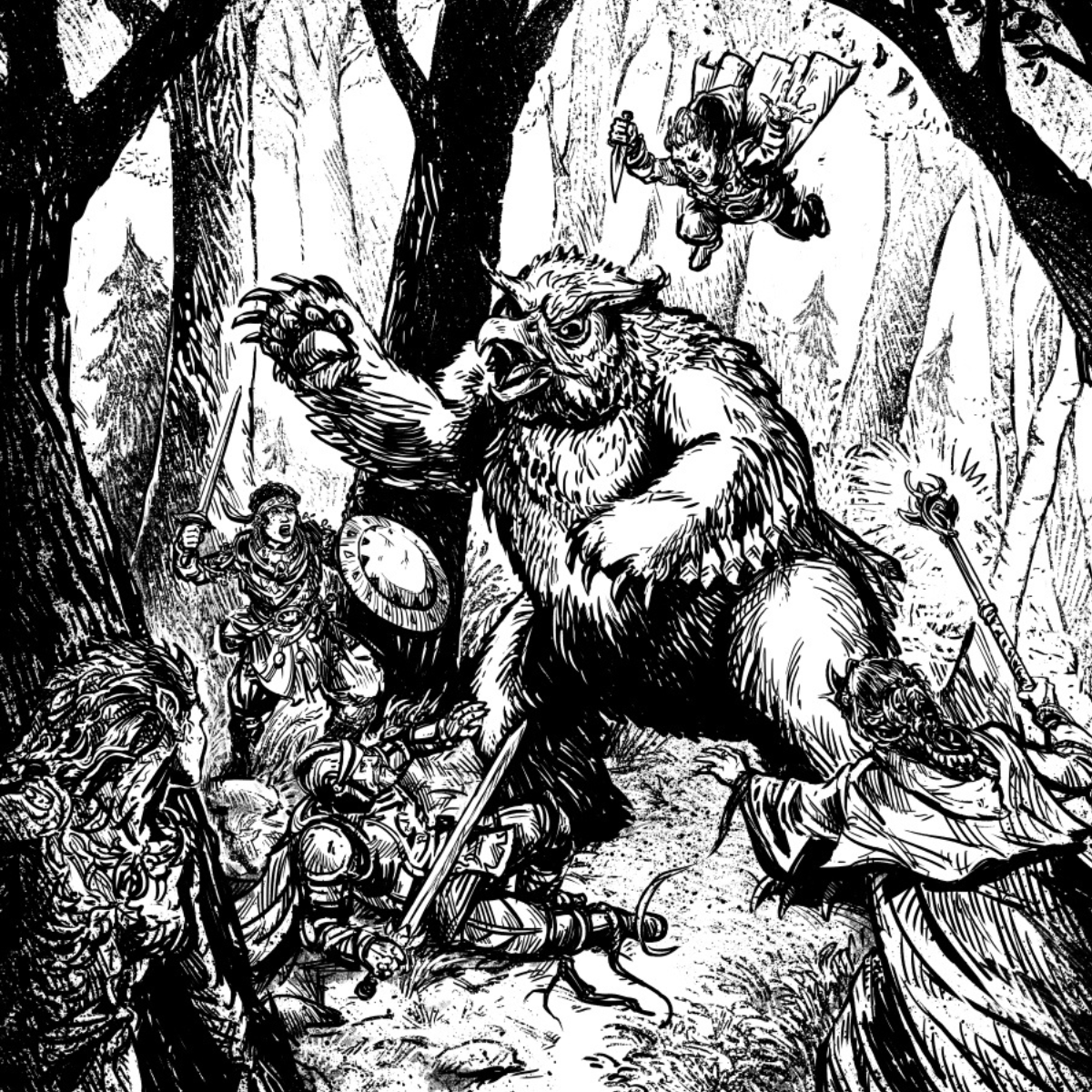20 Dungeon Altars
Altars dedicated to dark, forbidden powers are a staple of many fantasy dungeons. Here, evil high priests officiate over bloody, blasphemous services or cultists gather to worship their terrible patron. Such places are thus often an excellent place to find and slay said evil-doers or to recover their hidden treasures. A few such locales have even established a tenuous link with the deity itself and strange, odd effects occur in their immediate vicinity.
An unholy symbol is carved into the front of the altar, in exquisite detail.
The altar is made of very rough, porous rock. Blood has soaked into the pores giving the altar a mottled brown and black appearance.
The altar is hewn from black, glittering stone. Its edges are rough and sharp.
The altar slopes slightly downwards in one direction; blood encrusts the lip at the lower end.
Blood-encrusted drainage channels criss-cross the altar’s upper surface and run to two small fonts, one at either end of the altar. Both contain congealed blood.
The altar has a secret compartment. Pressing a small skull (or other minor craved decoration) opens the compartment’s lid.
The altar hides a secret compartment. Pressing an unholy symbol into a shallow depression behind the altar opens the compartment.
Intricate scrollwork decorates the entire altar. Religious symbols and images of the god are hidden within.
A large carving of religious significance decorates the front of the altar.
Niches in the front of the altar hold grinning skulls. Streaks of dried blood cover each skull.
The altar stands upon a five-foot high stepped dais.
Pillars depicting the altar’s patron deity flank the altar. Each is well detailed and glowers down over where the worshippers gather.
A continual light burns upon the altar’s surface, wreathing the surrounds in flicker light.
A protection from good 10 ft. radius protects the altar and surrounding shrine. If the altar is still used, a glyph of warding may also be present.
The altar stands in a shadowy, cramped alcove hidden behind a lurid tapestry. Intricate carving and scrollwork cover the walls.
Niches in the rear of the altar hold books and other religious paraphernalia.
The altar is hollow and serves as the tomb of a devout worshipper. The altar’s lid can be lifted off to get at the tomb (and remains).
Many small holes pierce the altar. Wind blowing through the holes creates a whining sound
The front of the altar is carved to represent a demonic head. Small red gems serve as its eyes and its tongue protrudes obscenely.
The altar is six-foot high; ceremonial steps behind it enable the priest to carry out services. The steps are narrow and steep; a landing at the top provides a modicum of comfort for the officiating priest.
Want More?
The material in this article appears in Dungeon Dressing: Altars, which is available in 5e, Pathfinder 1, Pathfinder 2 and OSR editions.
Members of our Patreon campaign got all four editions of Dungeon Dressing: Altars as part of their awesome support. Join today!

